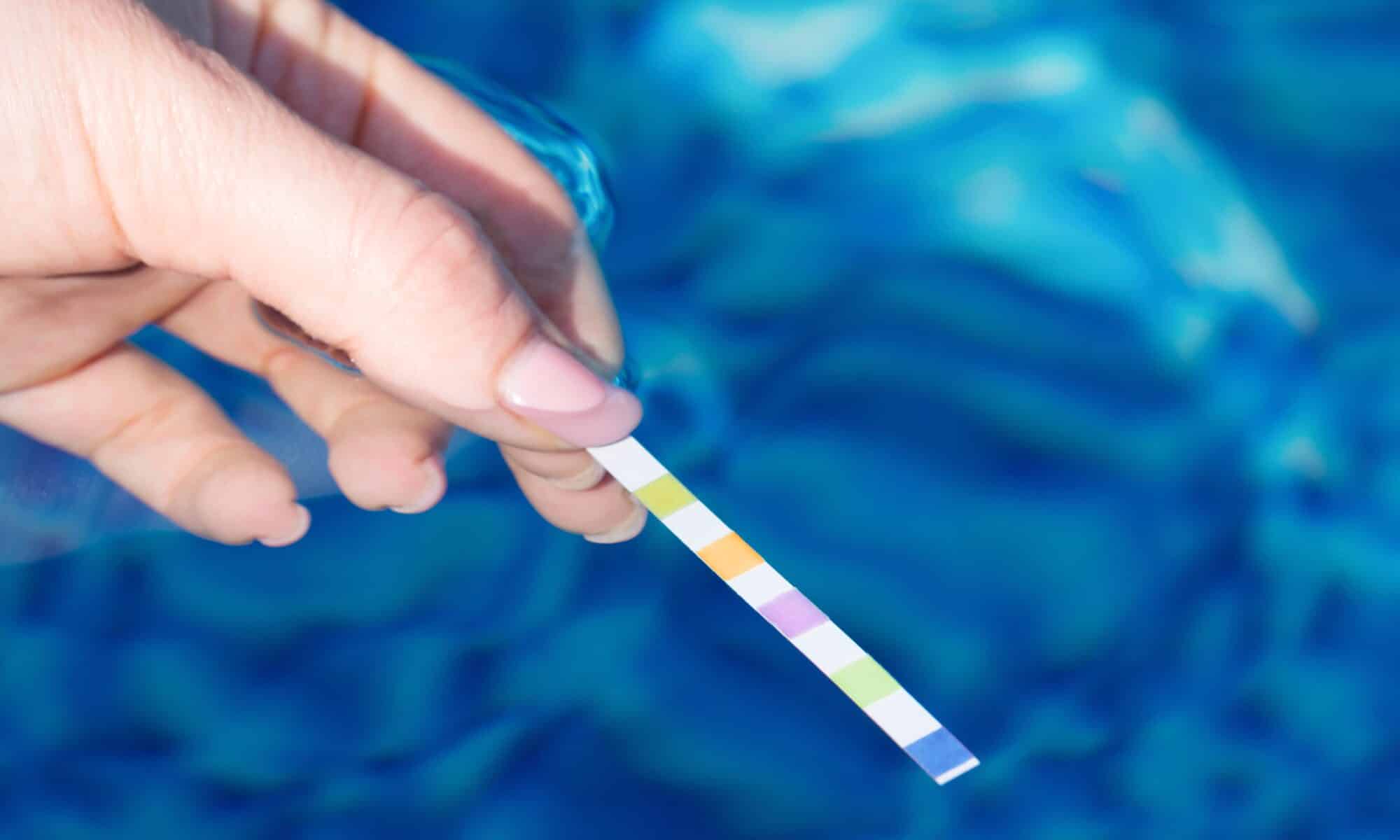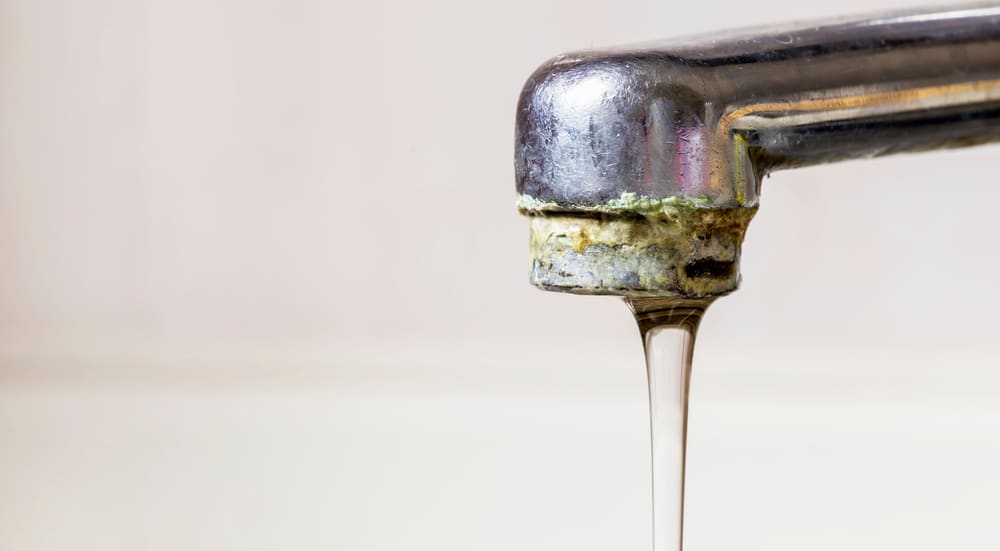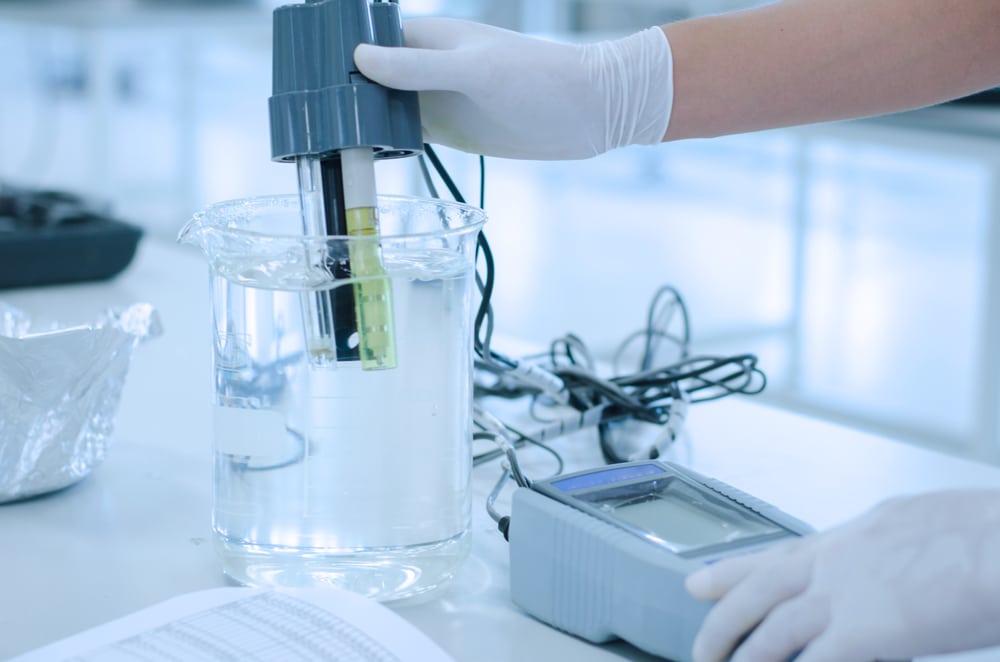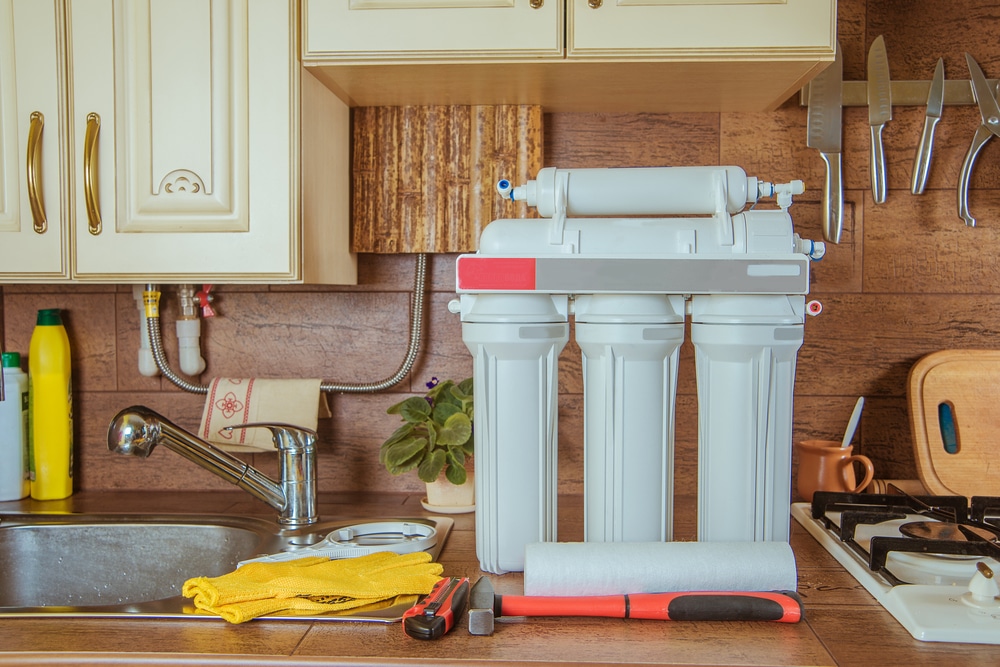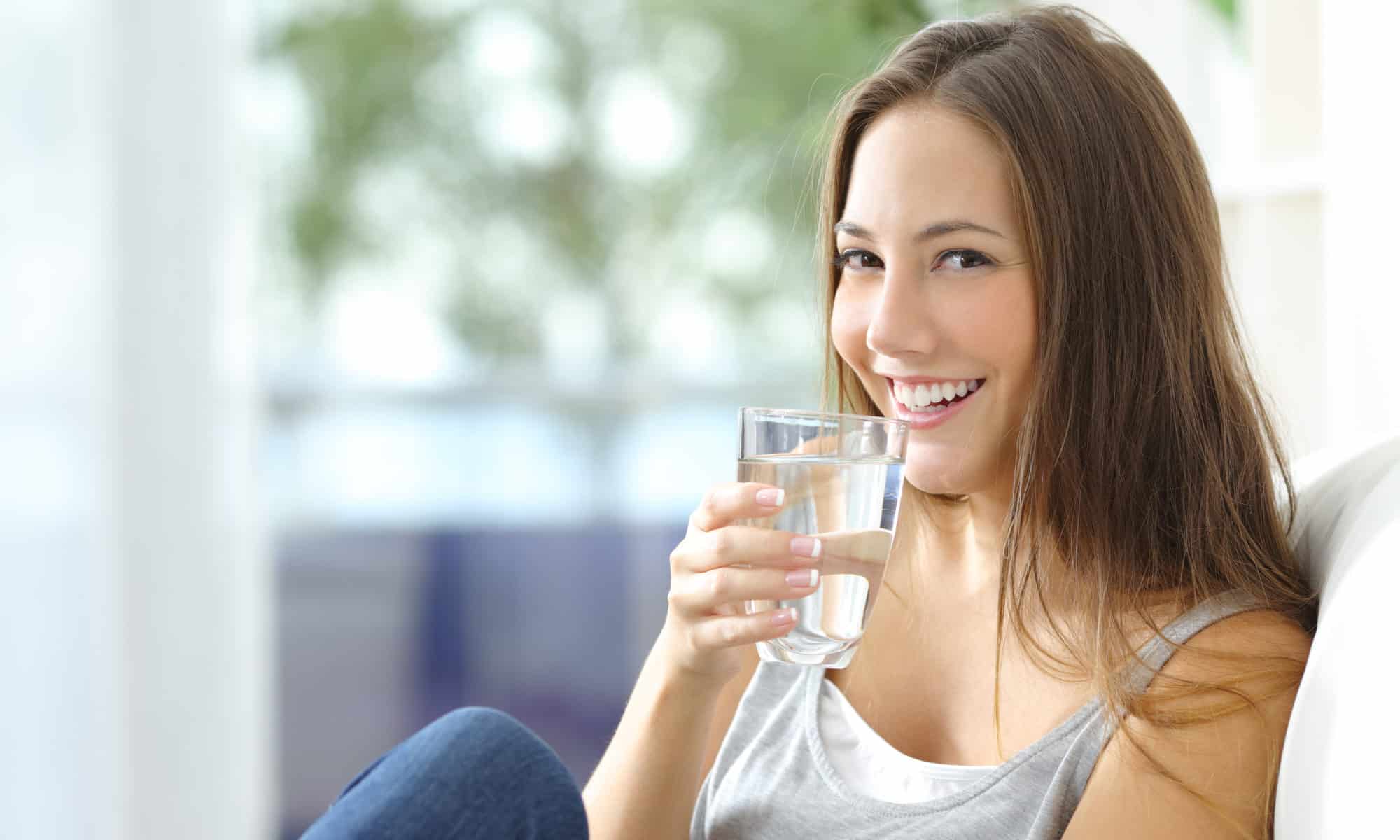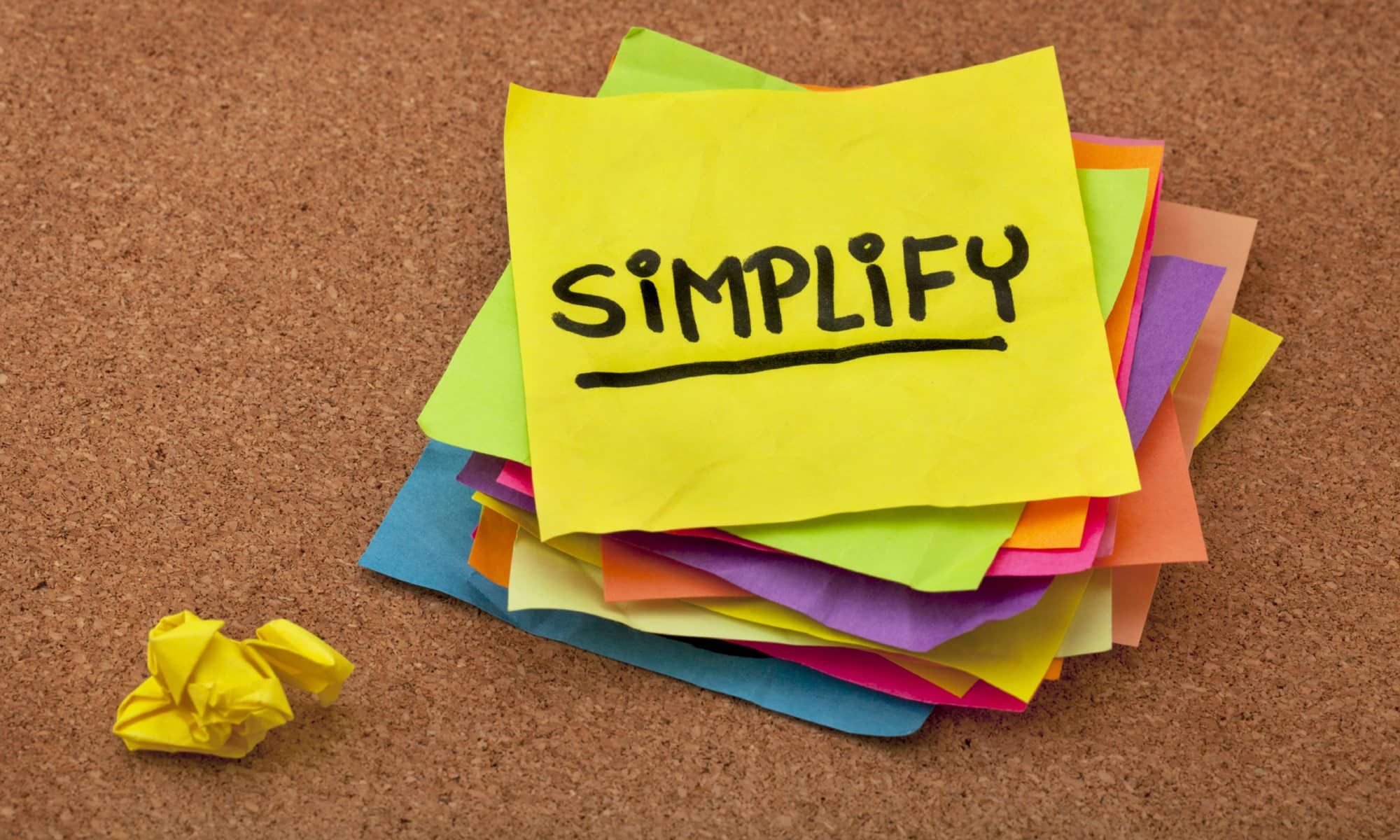Hard water can be more than just a nuisance; it can have a significant impact on the longevity and efficiency of your home appliances. When minerals like calcium and magnesium are present in your water and build up in your appliances, they can cause damage and reduce efficiency, leading to increased utility bills and costly repairs or replacements. A water softener can help mitigate these effects by removing these minerals, enhancing the lifespan of your appliances and saving you money in the long run. In this blog, we’ll delve into the effects of hard water on your appliances and how a water softener can be a game changer.
Understanding Hard Water: Definition and Common Issues
Hard water refers to water that has a high mineral content, primarily consisting of calcium and magnesium. These minerals can cause several issues when they interact with your home appliances. Over time, these minerals can accumulate on the surfaces of appliances that frequently come into contact with water, such as dishwashers, washing machines, and water heaters. This build-up, known as scale, can lead to reduced efficiency and even damage. Appliances may need to work harder and use more energy to overcome the issues caused by scale, leading to increased utility bills and potential breakdowns.
The Effect of Hard Water on Various Household Appliances
Washing Machines and Dishwashers
Washing machines and dishwashers are particularly susceptible to hard water damage. The mineral build-up can interfere with the action of detergents, rendering them less effective. Consequently, more soap is needed for cleaning, increasing your expenses. In addition, the scale can accumulate in pipes, valves, and mechanical parts, hampering their functionality. This can cause your appliances to run longer cycles, use more energy, and eventually wear out sooner. Furthermore, clothes washed in hard water often appear dull and feel harsh, while dishes may have spots or film left on them after a cycle, detracting from their cleanliness.
Water Heaters
Water heaters are another appliance severely impacted by hard water. The minerals in hard water can accumulate at the bottom of the tank, forming a layer of sediment. This sediment can act as an insulator, forcing the heater to use more energy and time to heat water. Over time, this can severely reduce the efficiency of your water heater, increase energy costs, and even cause the heater to fail prematurely. By causing unnecessary strain on the heater, hard water significantly shortens the lifespan of the appliance.
Faucets and Showerheads
Over time, minerals can accumulate on faucets and showerheads, causing unsightly discoloration and reducing water flow. Showerheads may become clogged, reducing water pressure and affecting your showering experience. Similarly, faucets may develop leaks and require more frequent repairs or replacements. Not only does this lead to increased maintenance costs, but it also detracts from the aesthetics of your bathroom and kitchen fixtures.
What is a Water Softener?
A water softener is a device that reduces the hardness of your water by eliminating the minerals that cause this condition. It functions by passing the hard water through a tank containing resin beads that are saturated with sodium ions. When hard water flows over these beads, the calcium and magnesium ions are replaced with sodium ions, thus softening the water. This process is known as ion exchange. The softened water then flows through your pipes, reducing the likelihood of scale build-up in your appliances and fixtures. This significantly enhances the lifespan of your appliances, improves their efficiency, and reduces maintenance costs.
Kinetico’s Water Softeners Are Your Answer
Hard water can wreak havoc on your home appliances, reducing their efficiency, increasing utility costs, and shortening their lifespan. But with a Kinetico water softener, you can effectively combat these issues, ensuring that your appliances run smoothly and last longer. Don’t wait until hard water causes irreversible damage. Make the smart choice today and invest in a Kinetico water softener. Your appliances, and your wallet, will thank you! Contact us now for more information or to schedule a free water hardness test in your home. Remember, the quality of your water matters. Let Kinetico help you take the first step towards better water today. Contact Us

